Trouble for Aditya-L1? NASA Parker Solar Probe gets caught in a dangerous CME whirlwind
NASA has shared terrifying footage of the Parker Solar Probe soaring through an intense CME cloud on September 5. Does a similar fate await ISRO’s Aditya-L1 mission?
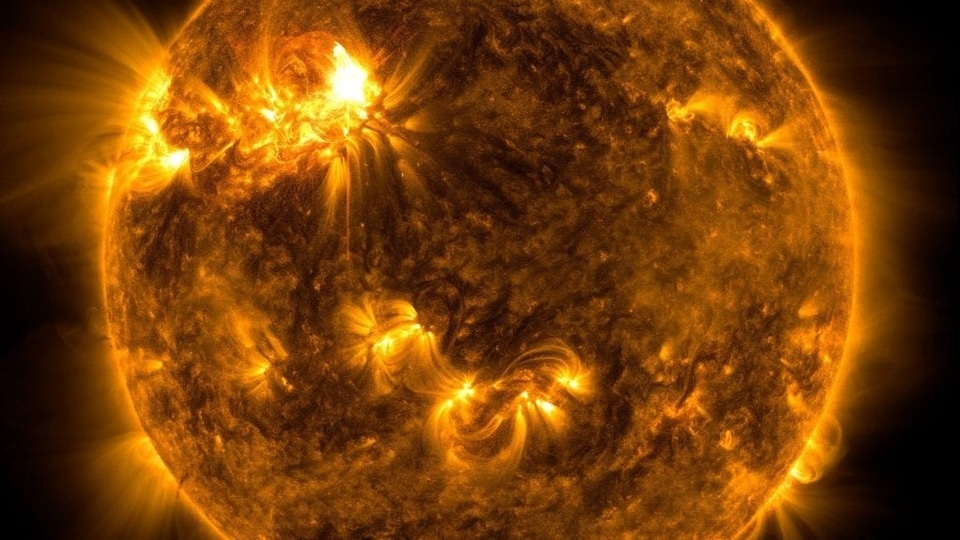
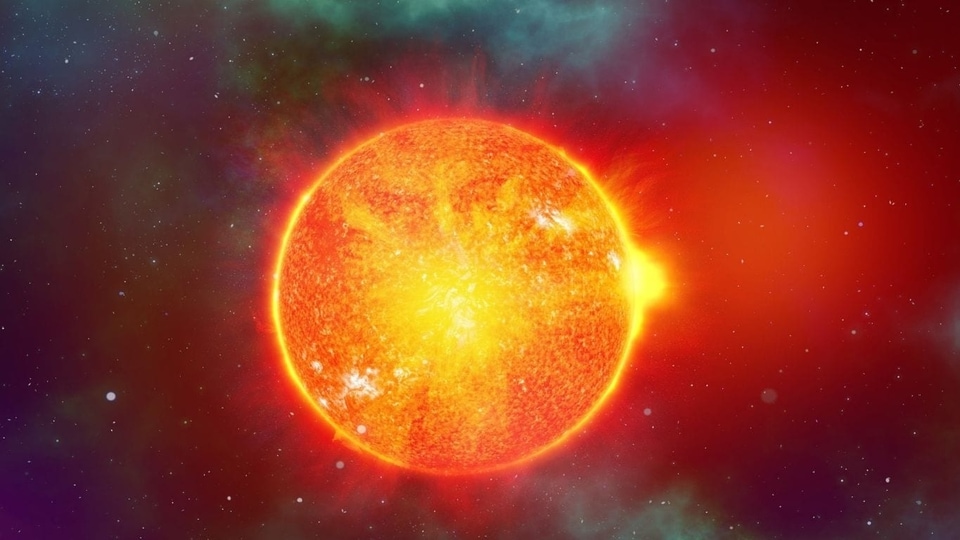
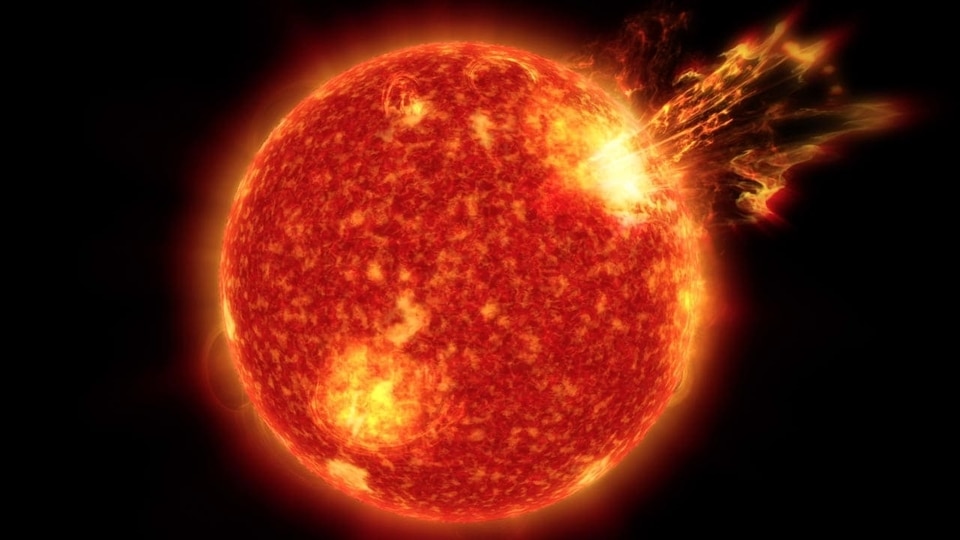
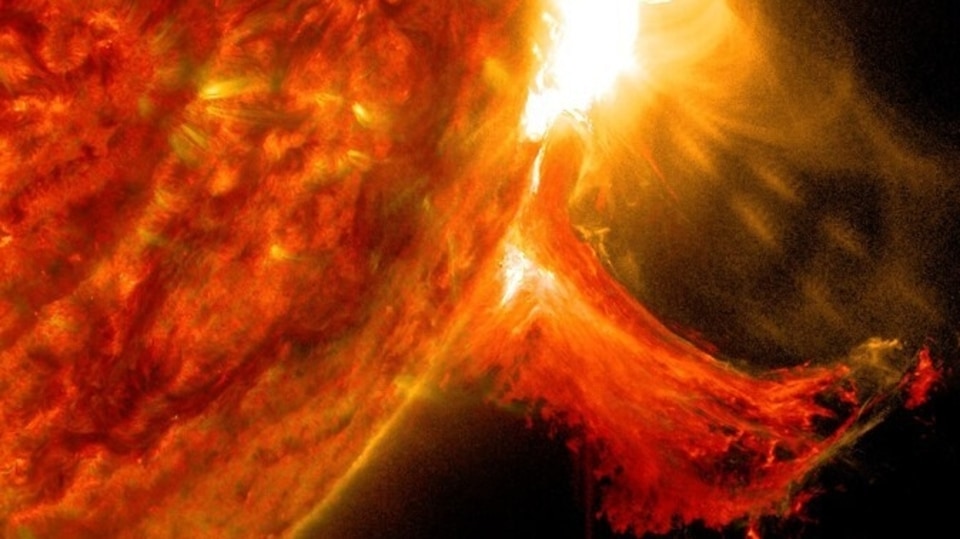

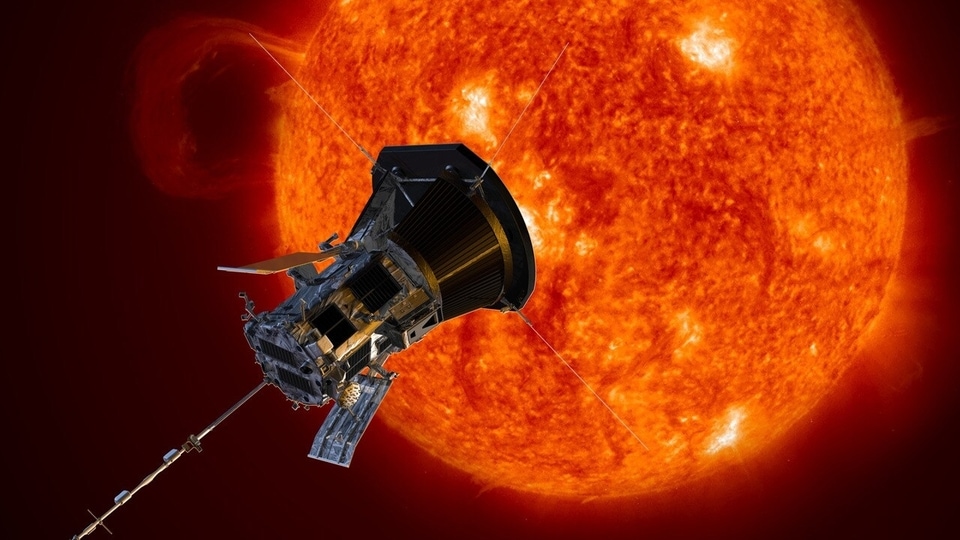
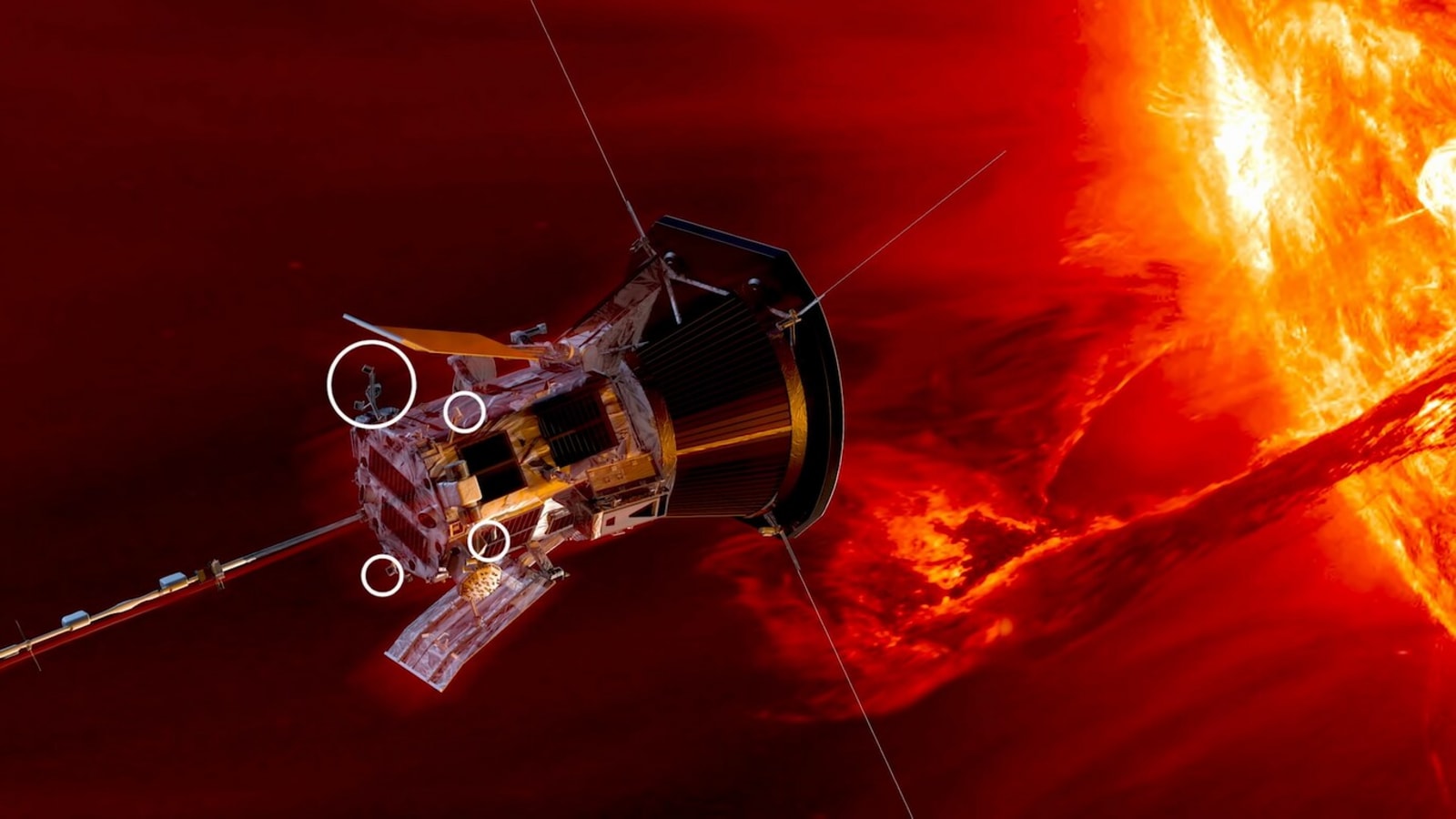
 View all Images
View all ImagesSolar activity has been rising significantly, with solar storms hitting the Earth left, right, and center with high frequency. But it is not just the Earth that is dealing with such impacts. Recently, NASA shared terrifying footage of the Parker Solar Probe flying through an intense coronal mass ejection (CME) cloud. This was the first time the NASA spacecraft had to endure such an ordeal, and it managed to come out unscathed from the incident and collected some important data along the way. However, such impacts are known to badly damage satellites and spacecraft alike, and with ISRO's Aditya-L1 mission spacecraft reaching its destination at Lagrange 1 point in four months to observe the Sun, there is a fear that it may have to suffer a similar fate.
According to a NASA blog post, “On Sept. 5, 2022, NASA's Parker Solar Probe soared gracefully through one of the most powerful coronal mass ejections (CMEs) ever recorded – not only an impressive feat of engineering, but a huge boon for the scientific community”. It further added that the interaction with the CME has uncovered some important data pertaining to space weather, and the results were published in The Astrophysical Journal. You can check the haunting footage of Parker Solar Probe passing through the CME here.
Parker Solar Probe flies through a CME
The Parker Solar Probe was launched in 2018 with the purpose of observing the outer corona of the Sun. This was done primarily for two reasons — first, to understand whether CME can interact with planetary dust in orbit around our star and carry it outwards, and to better predict space weather. The latter was considered an important task considering its impact on the planet, satellites, and humanity.
“CMEs are immense eruptions from the Sun's outer atmosphere, or corona, that help drive space weather, which can endanger satellites, disrupt communications and navigation technologies, and even knock out power grids on Earth. Learning more about how these events interact with interplanetary dust could help scientists better predict how quickly CMEs could travel from the Sun to Earth, forecasting when the planet could see their impact,” said NASA.
The NASA spacecraft confirmed the movement of planetary dust, noting that this CME in particular was able to displace the dust 6 million kilometers away. This is the first time we have received confirmation on this theory since it is difficult to gauge dust displacement from afar.
It remains to be seen how NASA uses the data to further improve its space weather forecasting.
Can the Aditya-L1 mission suffer a similar fate?
Aditya-L1, ISRO's maiden project to understand solar storms, and other solar activities, is enroute to Lagrange 1 point, where it will reside and observe the Sun. The spacecraft will take about four months to reach its destination. However, when it does reach there, it will be just in time to observe the Sun hitting the peak of its solar cycle, when the solar activity is at its highest.
There are some fears that a CME might hit Aditya-L1 as well, however, there are two factors that may favor the ISRO spacecraft in surviving such an incident. First, unlike the Parker Solar Probe, which is built to go extremely close to the Sun at a distance of 6.9 million kilometers from its surface, the Aditya-L1 is placed very far away. It is just 1.5 million kilometers away from the Earth. Second, the spacecraft has been reinforced with special alloys and materials to protect it from any space-based dangers including extreme radiation, CME clouds, and more.
Catch all the Latest Tech News, Mobile News, Laptop News, Gaming news, Wearables News , How To News, also keep up with us on Whatsapp channel,Twitter, Facebook, Google News, and Instagram. For our latest videos, subscribe to our YouTube channel.





























